World-Class Competitions and Events
The year 2024 is brimming with exciting climbing competitions. The IFSC Climbing World Cup will make stops in various locations, including Innsbruck from June 24th to 30th. For bouldering enthusiasts, the Irish Boulder Cup in Dublin (March 23rd-24th) and the Scottish Youth Bouldering Championships in Edinburgh (April 27th) offer thrilling spectacles. The pinnacle of the competitive calendar is the Paris 2024 Olympics, featuring sport climbing from August 5th onward.
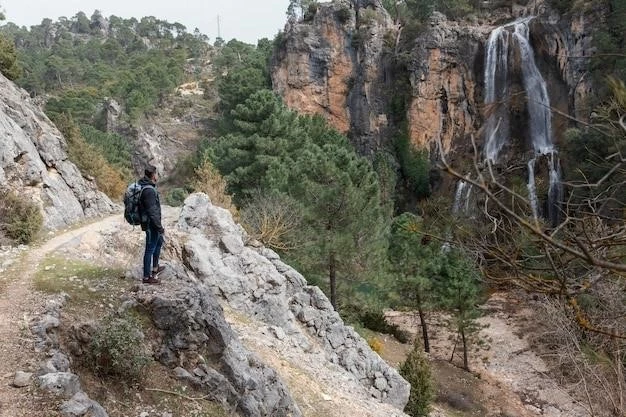
IFSC Climbing World Cup
While not a destination in itself, the IFSC Climbing World Cup acts as a fantastic guide to some of the premier climbing locations globally. The 2024 season promises a thrilling display of athleticism and skill, with events strategically placed in renowned climbing hubs, offering a glimpse into the diverse landscapes and challenges that draw climbers from around the world.
The first stop on this global tour is Keqiao, China, from April 8th to 14th. Keqiao, known for its picturesque limestone formations, will host the Boulder and Lead disciplines, setting the stage for an adrenaline-pumping start to the season. From there, the competition travels to Salt Lake City, USA, from May 7th to 19th, showcasing the area’s renowned sandstone canyons and challenging routes.
In June, the action shifts to Europe, with Innsbruck, Austria, taking center stage from June 19th to 30th. Innsbruck, nestled amidst the breathtaking Alps, has become synonymous with climbing excellence, attracting both seasoned professionals and aspiring amateurs. The World Cup’s presence here further solidifies its reputation as a climber’s paradise.
Following Innsbruck, the tour concludes in Arco, Italy, from September 27th to 28th. Arco, famed for its iconic limestone cliffs overlooking Lake Garda, provides a stunning backdrop for the final showdown. The region’s rich climbing history and diverse routes guarantee a captivating end to the World Cup season.
Attending an IFSC Climbing World Cup event is more than just witnessing a competition; it’s an opportunity to immerse oneself in the global climbing community, experience the energy of elite athletes, and gather inspiration from the world’s best. For those passionate about climbing, following the World Cup circuit provides a passport to some of the most remarkable climbing destinations on Earth.
IFSC Paraclimbing World Cup
The IFSC Paraclimbing World Cup stands as a testament to the indomitable spirit of athletes who overcome physical challenges to achieve extraordinary feats in climbing. The 2024 World Cup circuit, while spotlighting incredible athletic achievements, also indirectly highlights some fantastic climbing destinations that cater to a range of abilities and adaptive climbing needs.
The first stage of the 2024 World Cup unfolds in Salt Lake City, USA, from May 7th to 8th. Salt Lake City, already a climbing Mecca, has made significant strides in adaptive climbing infrastructure and accessibility. The city’s commitment to inclusivity makes it a fitting venue for this inspiring competition and a beacon for adaptive climbers worldwide.
From the USA, the competition travels to Innsbruck, Austria, from June 24th to 25th. Innsbruck, with its stunning alpine backdrop, has long been a hub for climbing innovation. This innovative spirit extends to adaptive climbing, with numerous facilities and organizations dedicated to making the sport accessible to all. The Paraclimbing World Cup’s presence in Innsbruck underscores the region’s dedication to inclusivity and celebrates the inspiring achievements of adaptive climbers amidst breathtaking scenery.
The final stage of the 2024 Paraclimbing World Cup takes place in Arco٫ Italy٫ from September 27th to 28th. Arco٫ renowned for its vibrant climbing community and iconic limestone cliffs٫ embraces adaptive climbing with open arms. The region boasts a growing number of accessible climbing routes and organizations dedicated to supporting adaptive climbers٫ making it an ideal location to conclude this inspiring competition.
The IFSC Paraclimbing World Cup not only showcases the remarkable athleticism of its competitors but also shines a light on destinations that champion inclusivity and accessibility in climbing. By following the World Cup circuit, enthusiasts can discover inspiring locations that are at the forefront of making climbing a sport for everyone, regardless of physical ability.
Paris 2024 Olympics
While the Paris 2024 Olympics themselves might not be a “place” to go rock climbing in the traditional sense, the Games’ inclusion of climbing throws a global spotlight on this dynamic sport, inspiring enthusiasts to seek out their own climbing adventures. Paris, as the host city, becomes a symbolic epicenter for the climbing world in 2024, prompting exploration of both urban climbing opportunities within the city and the renowned climbing areas France has to offer.
The Olympic climbing events, held from August 5th to 11th٫ will undoubtedly spark a surge of interest in climbing٫ encouraging both seasoned veterans and curious newcomers to discover the thrill of this vertical pursuit. This surge presents a unique opportunity to explore the diverse climbing landscapes that France has to offer٫ from the iconic Fontainebleau boulders to the towering limestone cliffs of Verdon Gorge.
Fontainebleau, located just a short distance from Paris, is a world-renowned bouldering destination, offering an unparalleled concentration of challenging problems amidst a picturesque forest setting. The area’s unique sandstone formations and intricate sequences attract climbers of all levels, from beginners to elite professionals. The Olympics’ spotlight on climbing is sure to draw even greater attention to this bouldering mecca.
Further south, Verdon Gorge, with its dramatic limestone cliffs towering above a turquoise river, offers some of the most stunning and challenging multi-pitch climbing in Europe. The region’s breathtaking scenery and world-class routes make it a bucket-list destination for climbers seeking adventure and unparalleled natural beauty.
While the Paris 2024 Olympics showcase climbing on a global stage٫ they also serve as a springboard for exploring the wealth of climbing opportunities that France has to offer. From the iconic boulders of Fontainebleau to the towering cliffs of Verdon Gorge٫ France provides a playground for climbers of all levels seeking to challenge themselves amidst breathtaking landscapes.
Top Climbing Destinations
The year 2024 promises a wealth of opportunities for unforgettable climbing adventures, with destinations catering to every style and skill level, from seasoned veterans to enthusiastic beginners. Whether drawn to the towering limestone cliffs of Europe, the rugged sandstone canyons of the American West, or the unique challenges of indoor climbing gyms, 2024 offers a world of vertical exploration.
For those seeking classic European climbing experiences, the Czech Republic’s sandstone regions, particularly areas like Bohemian Sandstone, beckon with their unique charm. These towering sandstone towers, sculpted by centuries of erosion, offer a diverse range of climbing styles, from challenging crack climbs to intricate face routes. The region’s rich climbing history and picturesque landscapes create an unforgettable adventure for climbers seeking a taste of European climbing tradition.
Across the Atlantic, the Dolomites, a UNESCO World Heritage site in Italy, present a breathtaking alpine playground for climbers of all levels. The Dolomites’ iconic jagged peaks, towering above verdant valleys, offer a mix of single and multi-pitch climbs, from beginner-friendly routes to challenging alpine ascents. The region’s stunning scenery and via ferratas, protected climbing routes with fixed cables and ladders, provide a unique blend of adventure and accessibility.
For those seeking warmer climates and ocean views, Greece’s Kalymnos Island has become a global climbing destination. Kalymnos boasts a wealth of limestone crags, offering a diverse range of climbing styles, from steep overhangs to technical slabs. The island’s laid-back atmosphere, stunning beaches, and crystal-clear waters provide a perfect blend of climbing and relaxation.
Whether venturing to established climbing hubs or discovering hidden gems, 2024 presents a world of opportunities for climbers to push their limits٫ explore breathtaking landscapes٫ and forge unforgettable experiences.
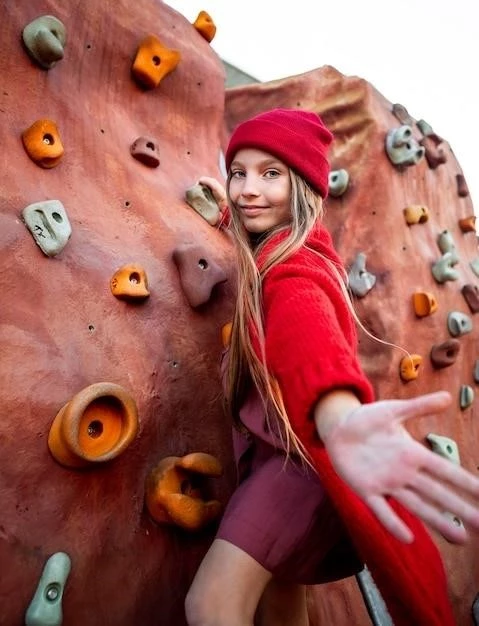
Czech Sandstone Climbing
For climbers seeking a unique blend of history, challenge, and natural beauty, the sandstone regions of the Czech Republic, particularly the area known as Bohemian Sandstone, offer an unforgettable adventure. This region, with its towering sandstone towers sculpted by centuries of erosion, presents a distinct climbing experience steeped in tradition and characterized by its own set of rules and ethics.
Czech sandstone climbing is renowned for its strict adherence to traditional climbing ethics, emphasizing the use of natural protection and minimizing environmental impact. Climbers venturing to this region are expected to embrace these traditions, utilizing sandstone-specific gear such as slings and avoiding any practices that could damage the fragile rock formations.
The climbing itself is characterized by its unique sandstone features, offering a diverse range of styles. Crack climbing, utilizing the natural fissures in the rock, is a prominent feature, requiring strength, technique, and a certain level of comfort with less-than-obvious holds. Face climbing, ascending the vertical walls of the sandstone towers, offers its own set of challenges, often involving intricate sequences and delicate footwork.
Beyond the physical challenges, Czech sandstone climbing offers a deeply immersive experience. The region’s rich climbing history is palpable, with established routes often named after local legends or reflecting the area’s cultural heritage. The serene forests and picturesque villages surrounding the sandstone areas provide a tranquil backdrop for rest and recovery after a day of challenging climbs.
For climbers seeking a unique and rewarding experience steeped in tradition, Czech sandstone climbing offers a journey into the heart of European climbing culture.
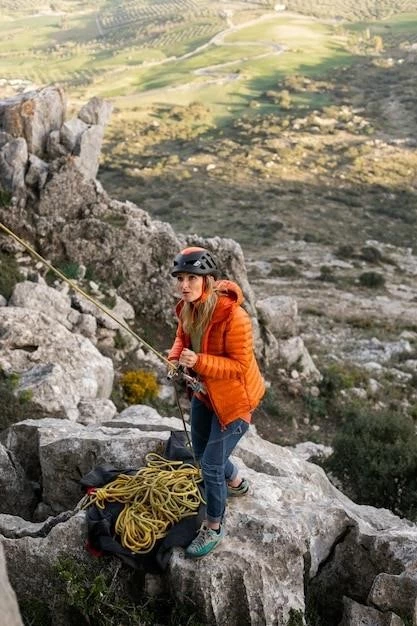
Sport Climbing Course in Dolomites
The Dolomites, a UNESCO World Heritage site in northeastern Italy, stand as a majestic testament to the power of nature, with towering limestone peaks piercing the sky, verdant valleys carpeted in wildflowers, and a sense of awe-inspiring grandeur that pervades every corner. For climbers, the Dolomites represent a world-class destination, offering a diverse range of climbing experiences, from beginner-friendly crags to challenging multi-pitch routes that test the limits of skill and endurance.
For those seeking to elevate their climbing skills amidst this breathtaking landscape, a sport climbing course in the Dolomites presents an unparalleled opportunity. These courses, led by experienced and certified guides, provide a structured and safe environment to hone technique, build confidence, and experience the unique challenges and rewards of Dolomite climbing.
Sport climbing in the Dolomites is characterized by its reliance on pre-placed bolts for protection, allowing climbers to focus on the intricacies of movement and route-finding without the added complexities of traditional gear placement. The region boasts a vast network of established sport climbing routes, catering to all skill levels, from beginner-friendly climbs with ample footholds to challenging overhangs that demand strength, precision, and a head for heights.
A sport climbing course in the Dolomites goes beyond simply ascending rock faces. It’s an immersive experience that blends technical skill development with an appreciation for the region’s natural beauty and climbing history. Guides, often with generations of local knowledge, share insights into the region’s geology, flora, and fauna, creating a holistic climbing experience that connects participants to the heart of the Dolomites.
Whether a novice climber seeking to build a solid foundation or an experienced climber looking to push their limits in a world-class destination, a sport climbing course in the Dolomites promises an unforgettable adventure.
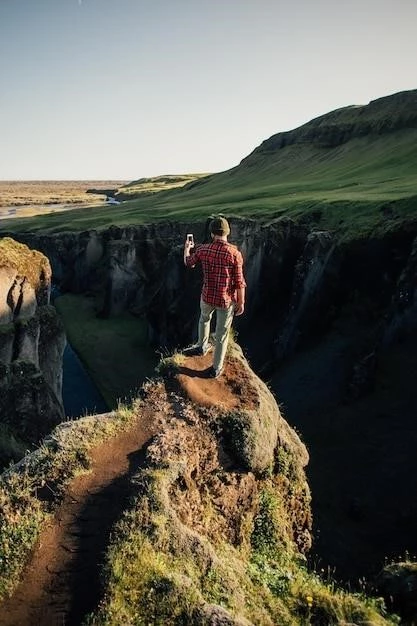
Planning Your Climbing Trip
Embarking on a climbing trip, whether a weekend getaway to a local crag or an extended expedition to a far-off mountain range, requires careful planning to ensure a safe, enjoyable, and rewarding experience. From choosing the right destination to packing the appropriate gear, considering logistical details, and prioritizing safety, a well-structured plan is essential for a successful climbing adventure.
Begin by defining your climbing objectives. Are you seeking challenging single-pitch climbs, multi-pitch epics, or perhaps a more relaxed bouldering trip? Consider your experience level, fitness, and desired level of commitment when selecting a destination and specific climbing areas.
Once you have a destination in mind, thorough research is crucial. Consult guidebooks, online resources, and local climbing communities to gather information about climbing areas, route difficulty, access restrictions, permit requirements, and potential hazards. Familiarize yourself with local weather patterns, as conditions can change rapidly in mountainous environments, impacting climbing safety and enjoyment.
Logistics play a vital role in a smooth climbing trip. Arrange transportation, whether renting a car, utilizing public transportation, or coordinating shuttles to access remote climbing areas. Secure accommodations in advance, considering proximity to climbing areas, amenities, and budget. If camping, research regulations, obtain necessary permits, and practice Leave No Trace principles to minimize your environmental impact.
A well-planned climbing trip allows you to focus on the experience, enjoying the physical and mental challenges of climbing while immersing yourself in the beauty of the natural world.
Training and Preparation
Climbing, in all its forms, demands a unique blend of strength, flexibility, endurance, and mental focus. Whether scaling towering cliffs or navigating intricate boulder problems, proper training and preparation are paramount for maximizing performance, preventing injuries, and ensuring a safe and enjoyable experience.
A comprehensive training regimen should target the specific muscle groups engaged in climbing, including the upper body, core, and legs. Incorporate exercises such as pull-ups, push-ups, dips, and core work (planks, leg raises, twists) to build strength and endurance. Flexibility is equally important for achieving optimal body positioning and preventing strains. Regular stretching, particularly focusing on the forearms, hamstrings, and hip flexors, is crucial.
Climbing-specific training, such as time spent on a climbing wall or hangboard, is invaluable for developing technique, building finger strength and endurance, and improving movement efficiency. Start gradually, focusing on proper technique and gradually increasing intensity and duration as your body adapts.
Mental preparation is often overlooked but equally important. Climbing presents mental challenges, requiring focus, problem-solving skills, and the ability to manage fear and anxiety. Visualization techniques, mindfulness practices, and gradually exposing yourself to increasingly challenging climbs can enhance mental resilience and improve performance under pressure.
Remember, proper training and preparation are ongoing processes. Listen to your body, prioritize rest and recovery, and consult with qualified professionals, such as trainers or physical therapists, to address any specific concerns or limitations.
Gear and Equipment
Venturing into the vertical world of climbing requires specialized gear and equipment, each piece designed to enhance safety, performance, and overall enjoyment. Selecting the right gear is paramount, as it serves as a lifeline, protecting climbers from falls and providing the necessary tools to navigate challenging terrain.
Essential climbing gear includes a harness, helmet, climbing shoes, carabiners, belay device, and rope. A harness, worn around the waist and legs, provides a secure attachment point for the rope. Helmets protect the head from falling objects and impacts during a fall. Climbing shoes, with their sticky rubber soles, provide optimal grip and precision on rock. Carabiners, metal loops with spring-loaded gates, connect various pieces of gear. A belay device controls the rope, providing a braking system to arrest a fall. The rope itself, typically dynamic (stretchy) to absorb the shock of a fall, is the climber’s lifeline.
Beyond the essentials, additional gear may be necessary depending on the type of climbing and specific location. For sport climbing, quickdraws, pre-attached carabiners, make clipping the rope into pre-placed bolts efficient. Traditional climbing requires a rack of gear, including cams, nuts, and hexes, which are placed in cracks and constrictions in the rock to provide protection.
Choosing the right gear involves considering factors such as experience level, climbing style, and budget. Consult with reputable climbing stores and experienced climbers for guidance on selecting appropriate gear. Inspect all gear regularly for signs of wear and tear, and retire any equipment that shows damage or compromises safety.
Remember, climbing gear is an investment in safety and enjoyment. Choose wisely, learn how to use it properly, and climb with confidence.
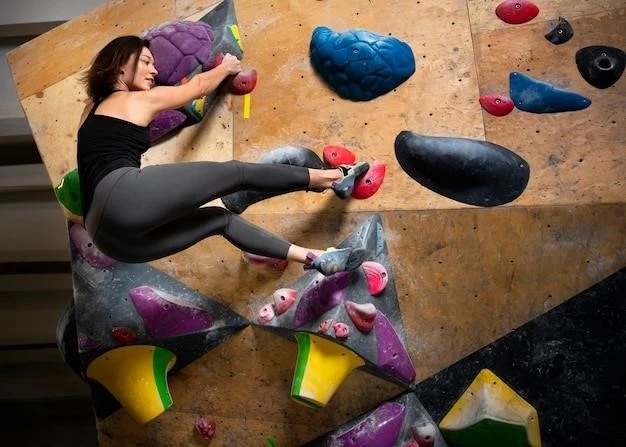
Safety Considerations
Climbing, while an exhilarating and rewarding activity, inherently involves risks that must be acknowledged and mitigated through responsible practices and a steadfast commitment to safety. Whether scaling towering cliffs or navigating intricate boulder problems, prioritizing safety is paramount for ensuring a positive and enjoyable experience.
Fundamental to climbing safety is a comprehensive understanding of climbing techniques, equipment, and risk management. Seek qualified instruction from certified guides or reputable climbing gyms to learn proper belaying techniques, knot tying, equipment handling, and safe climbing practices. Regular practice and review of these skills are crucial for maintaining proficiency and responding effectively in unexpected situations.
Before each climb, conduct a thorough equipment check, ensuring all gear is in good working order, properly fitted, and free from damage. Communicate clearly with your climbing partner, establishing clear communication protocols and conducting a “buddy check” to double-check each other’s harness, knots, and belay setup.
Environmental awareness is crucial for climbing safety. Be mindful of weather conditions, rockfall potential, and other hazards specific to the climbing area. Stay hydrated, pack appropriate clothing layers, and be prepared to adjust your plans or turn back if conditions deteriorate.
Remember, climbing safety is an ongoing process of assessment, communication, and responsible decision-making. By prioritizing safety, climbers can mitigate risks and enjoy the challenges and rewards of this exhilarating sport.










